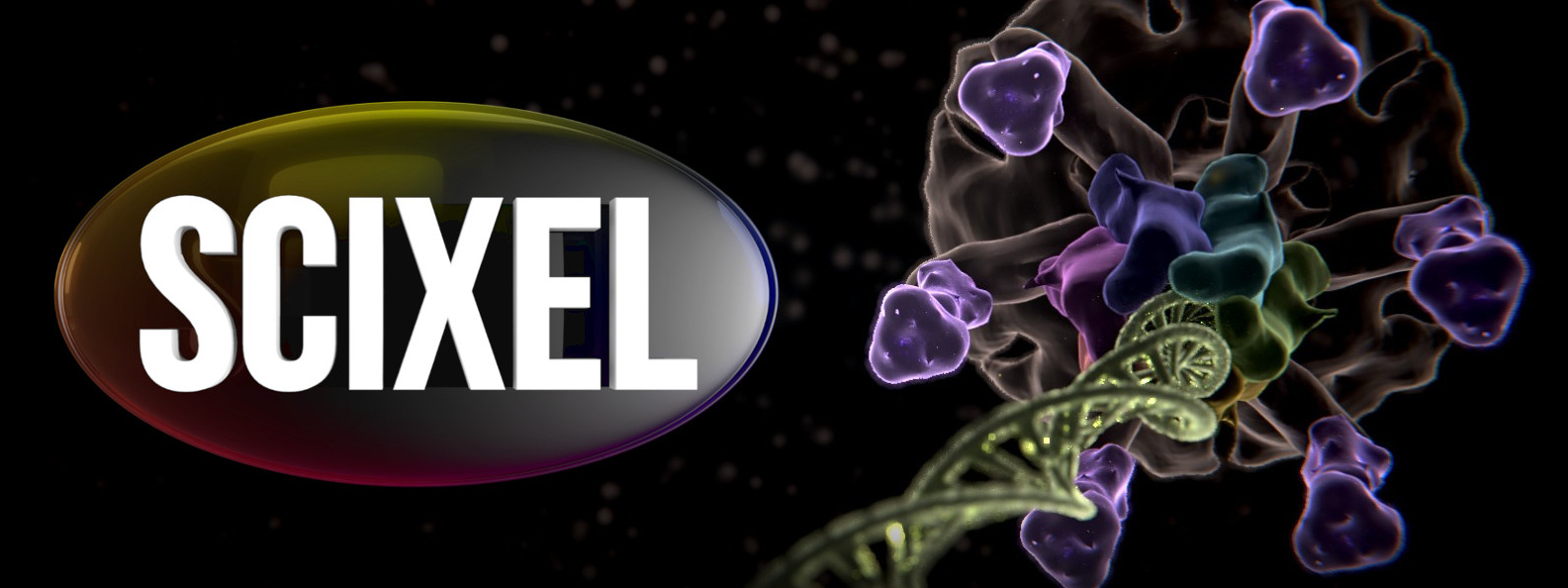Nature already did it!
Protein based electronics. I’ll say it again. Protein based electronics. Dr. Linda Zotty and Prof. Carlos Cuevas (IFIMAC, Spain) are working in something that stills looks like science fiction to me: protein-bioelectronics. In particular they are studying how to turn a redox protein (Cytochrome C) into a viable switch. These proteins belong to a family […]
